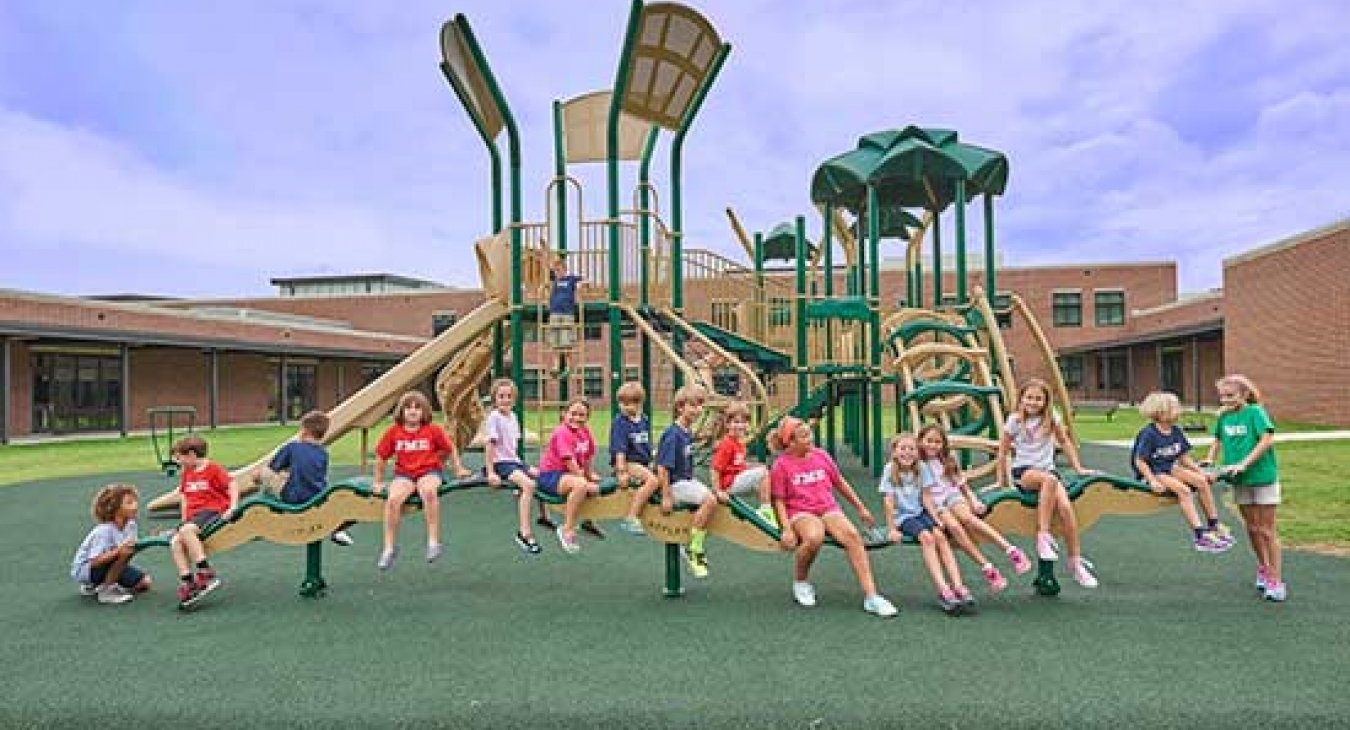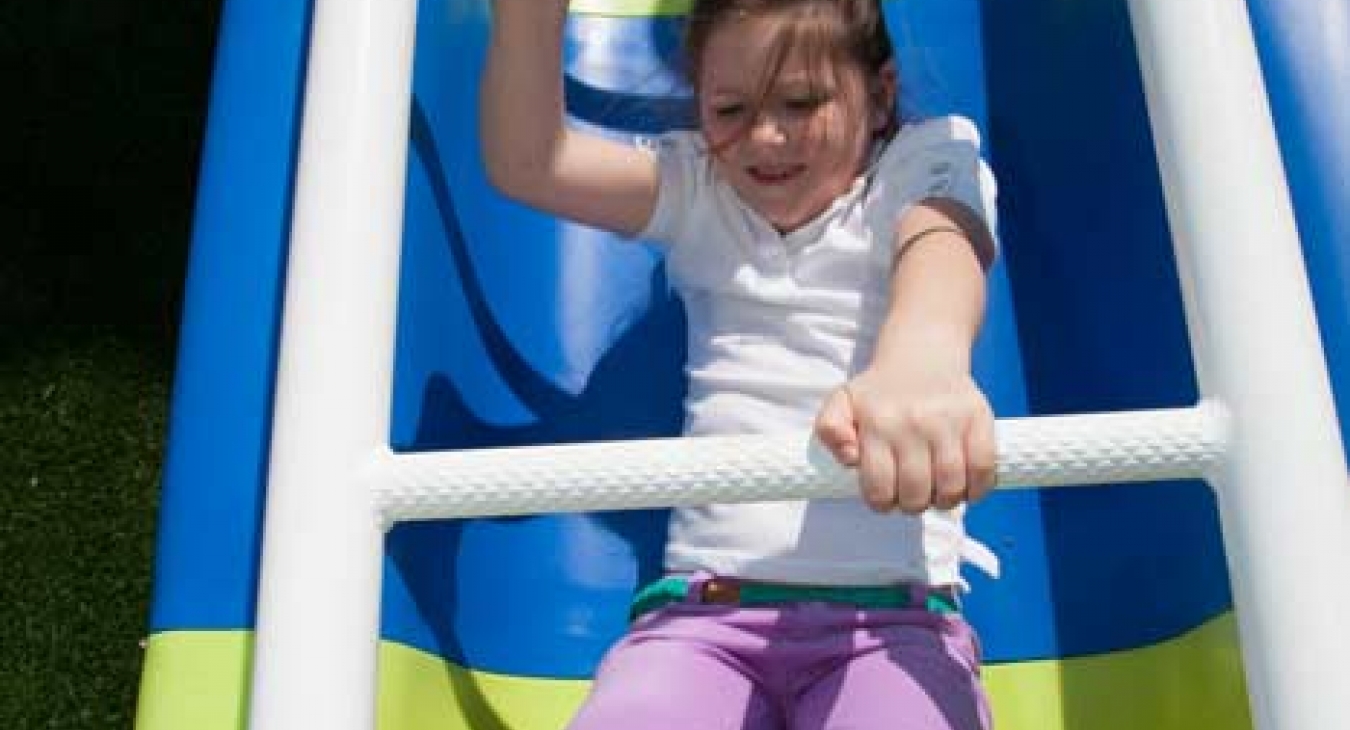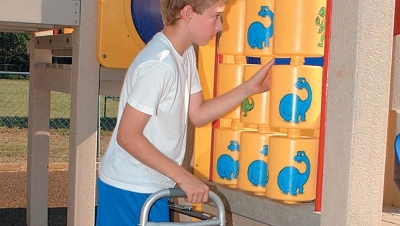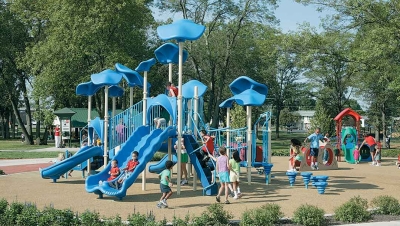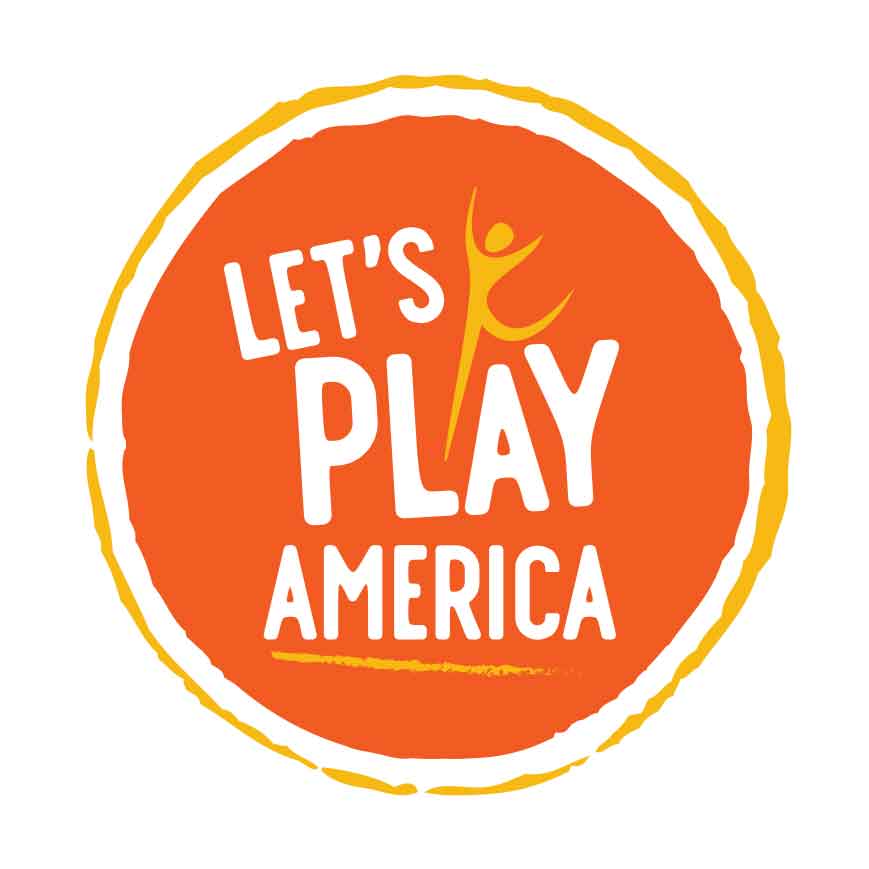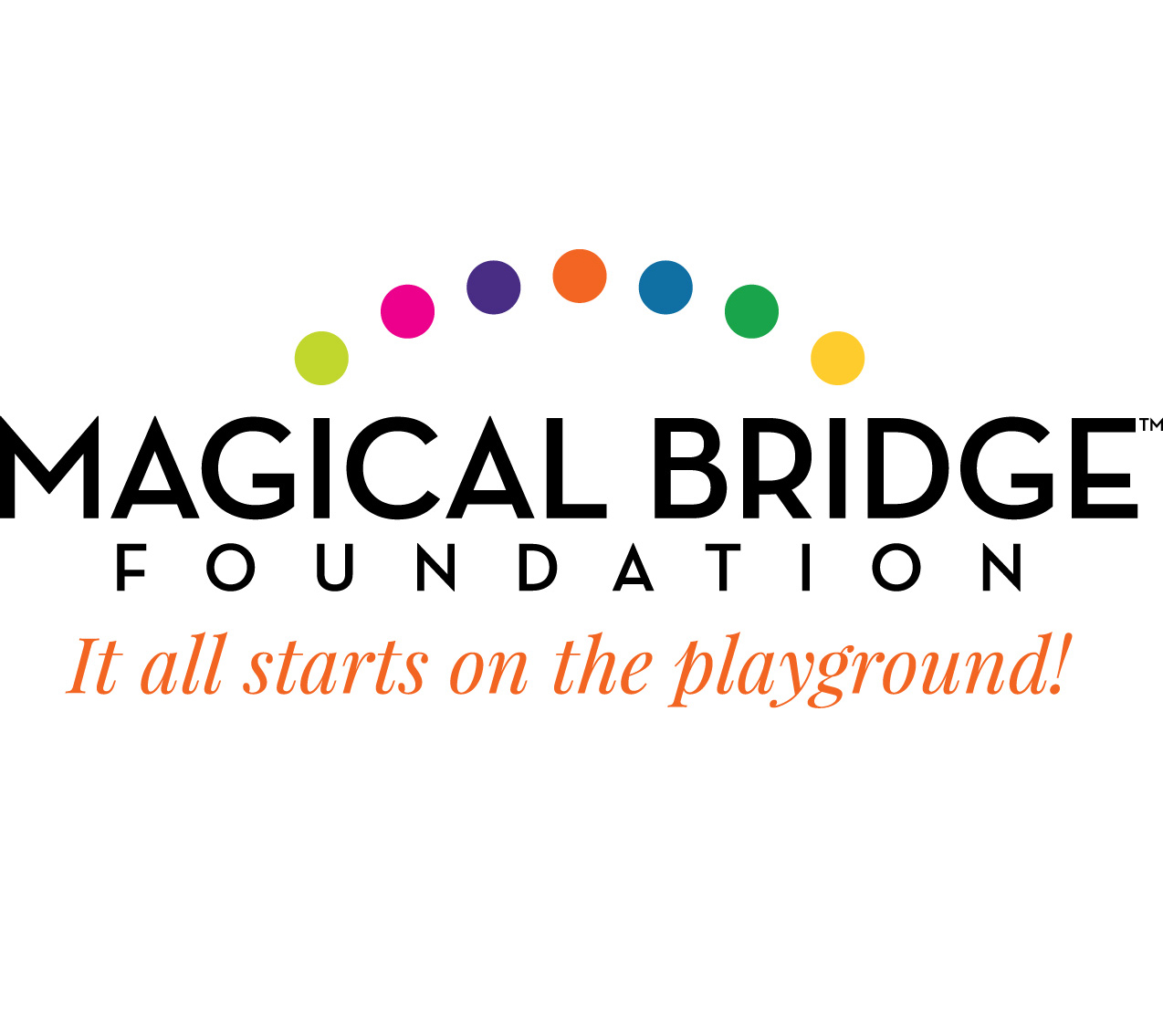mir1
The daily lives of U.S. children are changing dramatically, and not always for the better.
The average 8- to 10-year-old spends nearly eight hours a day with a variety of different media, according to a study by the Kaiser Family Foundation. Older children spend even more time with cell phones, computers, iPads, video games, and television. However, a sedentary lifestyle brings many concerns and risk factors, including significant limits on the chance for children to develop into balanced, confident, well-adapted adults.
For children, time spent actively engaging all of the senses means better physical, cognitive, emotional, and social development. Outdoor play is perhaps the best and most natural way for children to use, develop, and optimize all of their senses, which in turn supports motor, language, social, and even academic skills in meaningful and productive ways.
Architects and landscape architects play a vital role in providing children with interesting and stimulating built outdoor environments. Therefore, an increased understanding of the ways in which sensory motor development can be supported through play is a vital topic of consideration.
In this course, we will explore the seven senses and the real-life impact that positive sensory experiences have on children. We will examine the sensory benefits that well-designed playgrounds offer to children of varied abilities, and aim to educate architects and designers on how to create and specify play spaces that can amplify these benefits. Finally, this course examines several case studies of well-designed playgrounds and how each piece of equipment specified supports the development of all children, including those with special needs.
[Architects and designers can play a major role in creating inclusive playgrounds that contribute to the positive sensory development of all children.]
All photos courtesy of Miracle Recreation
Architects and designers can play a major role in creating inclusive playgrounds that contribute to the positive sensory development of all children.
How We Grow
From birth, we learn how to navigate the world through all of our senses. Whether children are climbing up slides, enjoying the “whoosh” of flying high on swings, feeling sand fall from their friends’ hands to theirs, hearing friends call out for them to join them in play, or smelling the rain on the playground, all of these activities feed vital information to their brains and form lasting impressions. While play can seem simple and natural, it is surprisingly complex in terms of the ways in which it supports positive growth and development.
While play is beneficial for all children, using playground equipment can offer unique and impactful sensory experiences that are difficult for children to get through other forms of play. These intense sensory experiences can be especially important to the development of children with sensory disorders.
An inclusive multisensory play environment helps children learn to:
- Problem solve
- Form social skills
- Develop self-confidence
- Learn spatial awareness
Such playgrounds often become community centerpieces and sources of civic pride.
THE DESIGNER’S GUIDE TO SENSORY DEVELOPMENT
While most people generally know about only five senses, there are, in fact, seven important senses that guide our actions through life. All seven senses work together, gathering input and feeding valuable information to the brain.

Through play activity in a well-designed playground, children develop all of their senses. That includes the five senses familiar to us (sight, sound, smell, taste, and touch) and the two most of us are unfamiliar with (proprioception and the vestibular sense).
The Senses We Know
The five commonly known senses are familiar to us: sight, sound, smell, taste, and touch.
All of the senses are important, though we sometimes underestimate or are unaware of how much we rely on them. For instance, while many parents understand the importance of singing rhymes or showing books to their babies, many are not aware of how critical the sense of touch is for guiding actions that lead to important life skills. Taking in information through the body’s largest organ, the skin, the tactile sense provides detailed information about the shape, size, and texture of objects. This sense offers information about the body and the surrounding environment, and is critical in development of body awareness and control of actions. Through manipulation of objects and experiencing different surfaces and pressures, children learn to coordinate motion.
Play features, such as a sandbox, a water sprinkler, or an interactive play panel, capture a child’s interest in touch. Incorporating various textures, shapes, and objects is a great way to harness a child’s drive for tactile feedback. Varying the textures of equipment is another strategy. The inclusion of objects that children can manipulate and move with their hands also engages touch.
Using different brightly colored components and designs with various patterns and textures and sounds engages both sight and sound. Visual and auditory inputs are also important in early childhood, and those senses develop in an integrated way with the primary senses, such that access to a varied play environment helps to further support healthy sensory integration.
The Lesser-Known Senses
We also rely on two additional senses: our sense of position, called proprioception (pronounced: PRO-pree-o-SEP-shun), and our sense of balance and movement, called the vestibular sense. These are two critical, primary senses that also develop before birth and, along with the sense of touch, give us our most basic understanding of how we move and experience the world around us.
Proprioception provides awareness of the position of our bodies. It helps us integrate touch with movement, allowing us to move effectively through an environment. Proprioception, as it develops, helps children to judge how much force to use, how far or near to place themselves in relation to objects or people, and how to use and move their bodies appropriately. Anything that stretches, pushes, or pulls on muscles and joints supports proprioception. Play equipment that involves activities such as jumping, pushing, pulling, and hanging nourishes proprioception. Swing sets, teeter-totters, and overhead ladders are examples of playground equipment that support this sense’s development.
The vestibular sense provides spatial awareness though alerting and informing us about the direction, speed, and rhythm of the various types of motion we experience. This sense makes it possible for us to hold our heads and bodies up against the force of gravity, to keep our balance, to coordinate our eye muscles as our heads move, and to integrate the two sides of our bodies. The vestibular sense is the sense that drives our need to move throughout the day, whether we are young or old. Play equipment and activities that ask children to move in a rotary way, to balance, to spin, or to rock are ideal for supporting vestibular input. Movements that rely largely on the child for propulsion are also excellent. Any play that is bilateral, such as a climbing wall or jumping rope, also promotes this sense.

Development of the senses happens through play. This piece of equipment sits on the ground, making it accessible to children of all ability levels.

